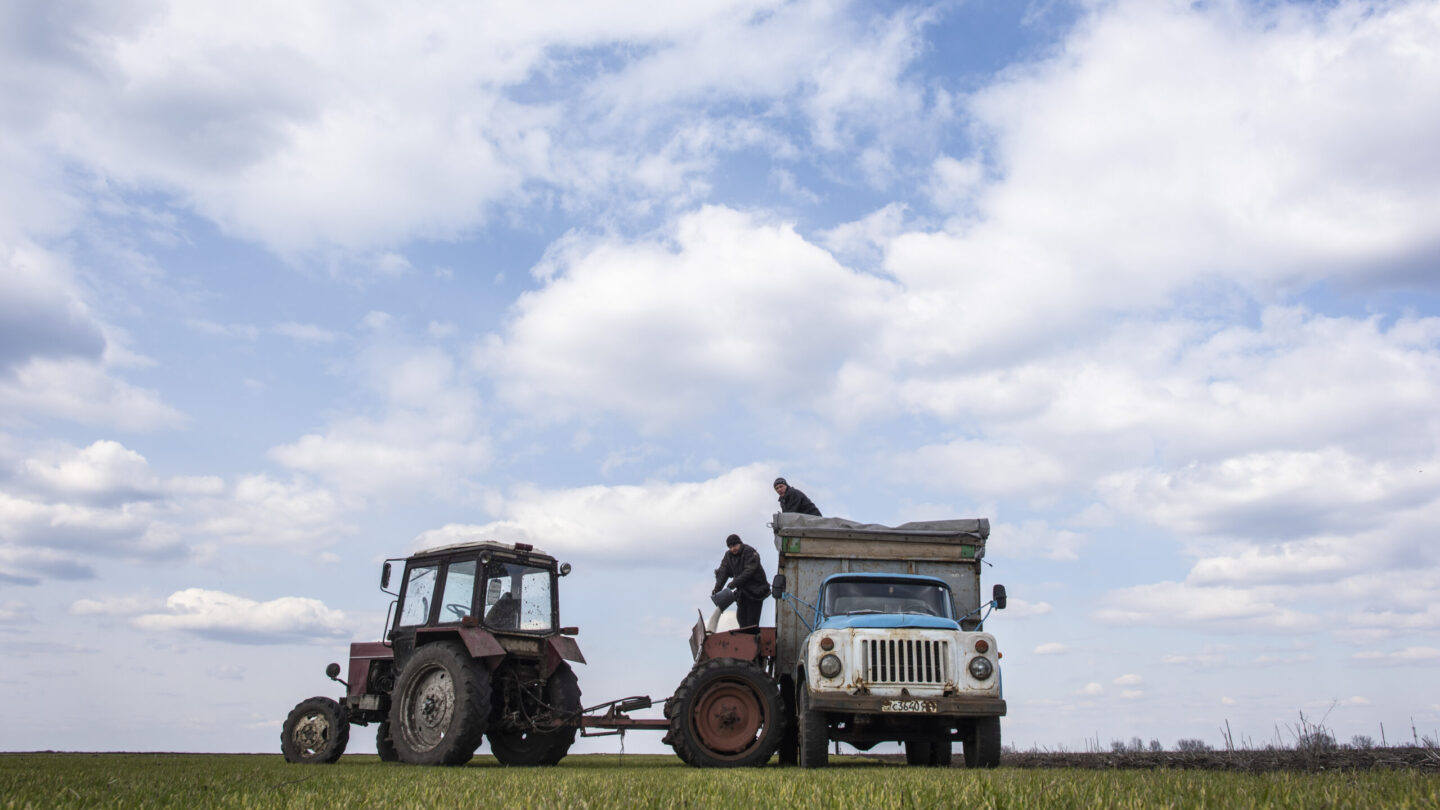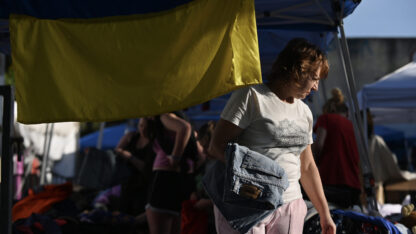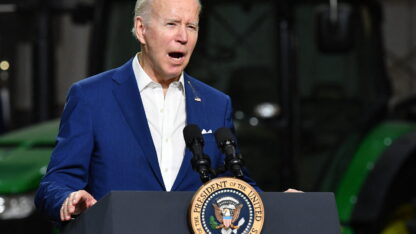The day after Russia invaded Ukraine, Lebanon’s economy minister announced the country of 6.8 million people had enough wheat reserves to last just one month.
Russia and Ukraine are major exporters of agriculture, which Lebanon depends on. Ukraine alone exported more than $27 billion in agricultural products to the world last year. About 80% of Lebanon’s wheat comes from Ukraine.
So when the war started, so did worries of food shortages and price hikes.
“You could say the majority of the Lebanese population is living in survival mode,” said Maya Terro, founder of the non-profit organization FoodBlessed Lebanon, which feeds vulnerable people in Beirut.
Weeks after Russia invaded Ukraine, food prices soared. The invasion sent ripples beyond the immediate conflict zone, breaking supply chains and creating food shortages as two of the world’s biggest food exporters went to war.
In response, Egypt’s prime minister fixed bread prices, Bangladesh launched a nationwide food subsidy program, and consumers in Indonesia noticed a favorite instant noodle dish went out of stock.
In Lebanon, people turned to desperate measures.
“Some families have resorted to selling their belongings in order to use the money to buy food,” Terro said.
Lebanon is heavily dependent on food imports, so anything that happens elsewhere affects the country’s food security, Terro said. “The repercussions of war between Russia and Ukraine have led to catastrophic surges in food products like cooking oil, wheat and some types of grains.”
Terro said FoodBlessed Lebanon had seen an increase in demand in the last few weeks. This is happening at a time when global food prices are at record highs, and prices in Lebanon have risen by 1000%.
“We are receiving thousands of requests for food assistance on a weekly basis, sometimes on a daily basis,” Terro said.
This is playing out around the world. Global food prices shot up 12% between February and March, according to the U.N.’s Food and Agricultural Organization (FAO), to the highest point since the FAO started tracking this index in 1990.
“This is just catastrophe on top of catastrophe,” said David Beasley, the director of the World Food Program [WFP] who is currently in Ukraine. “Because guess where the Ukrainian farmers are right now; they’re on the front lines fighting for the freedom of their country.”
Beasley said things were bad before the war, but now they were worse.
“Before the Ukrainian war, we were already seeing a spike in fuel costs, food costs, shipping costs,” he said. “And just when you think it couldn’t get any worse, boom, Afghanistan, and then boom, Ukraine.”
And these challenges have meant the WFP has had to pull back on food rations for 4-5 million people who depend on the organization for assistance.
It is currently planting season in Ukraine, but many of the country’s farmers aren’t tending to their fields. Last month, the U.N. warned Ukraine may not be able to harvest crops, plant new ones or sustain livestock production, after an assessment of 19 of the country’s 24 regions. Ukrainian President Volodymyr Zelenskyy has urged farmers who are still on their land to plant as many crops as possible in the spring.
For now, the WFP is focused on the rising emergency triggered by the war, and the global consequences already being felt.
“If you can end these wars, we can end world hunger,” Beasley said. “We’re facing a daunting task ahead of us, and it’s going to require everybody working together. Everyone willing to help out in ways they have not thought of before.”
Copyright 2022 NPR. To see more, visit https://www.npr.org.
9(MDAxODM0MDY4MDEyMTY4NDA3MzI3YjkzMw004))

9(MDAxODM0MDY4MDEyMTY4NDA3MzI3YjkzMw004))








